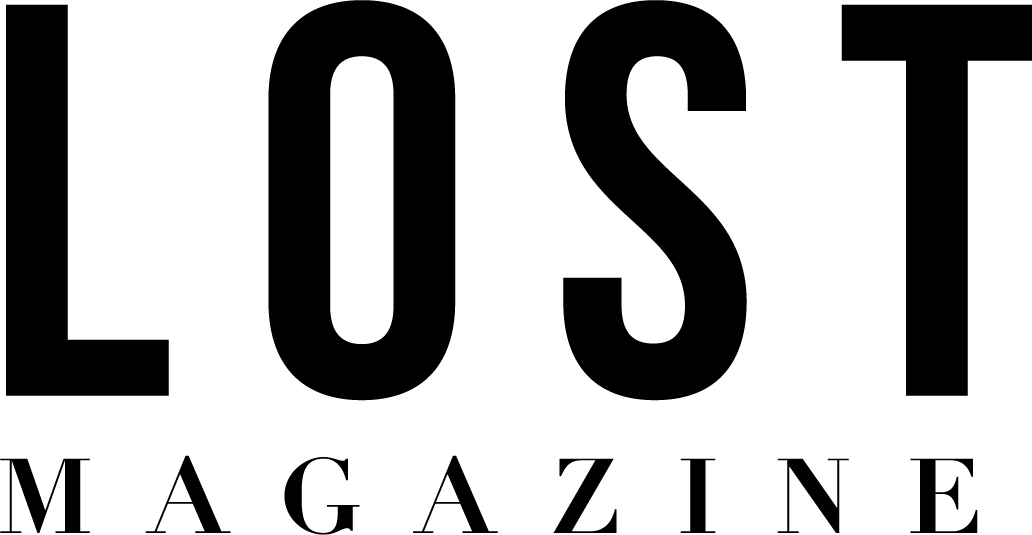For Art's Sake
STORY BY RICHARD CORNISH
IMAGE SUPPLIED BY CASTLEMAINE ART MUSEUM
Wet Evening, Clarice Beckett
In August last year, the art loving residents of Castlemaine gathered to hear the fate of the Castlemaine Art Museum. Renowned for having one of the state’s best collections of Australian visual art from the ‘golden era’ of the painting from the late 1800s the gallery was slated for closure. The privately run community gallery did not have enough funds to keep going. Closure was slated for August 11 2017. The 104-year-old institution’s fate looked sealed.
The foundation of the gallery occurred at a time of hubristic optimism. Great buildings had been erected in Castlemaine on the back of the gold boom and every great regional city had a gallery. Bendigo, Ballarat and Hamilton all had magnificent buildings or at least substantial collections. In 1913 a group of local men and women came to together to form the gallery trust. The strong female contingent of the team was not the only progressive move made by the trust. The collection was to be focused on Australian art, not European masters, with works being purchased from living artists.
The collection was originally housed in rooms above the Post Office until enough money could be raised to construct a purpose-built gallery. Work began at the height of the depression giving much-needed jobs to the community. It was one of the first Art Deco buildings in Victoria outside Melbourne.
So at that cold August meeting last year, in the heart-wrenching understanding that their gallery was to be closed in just over a week, the people of Castlemaine were told there had been an intervention! An anonymous local couple had donated $250,000 to keep the doors open. This was a reprieve. The townsfolk breathed a collective sigh of relief. It gave the community time to regroup and focus on reorganising and fund raising. Outgoing costs for the museum are over $600,000 a year. The local shire donates $25,000.
Revelation, Graeme Drendel
What makes the gallery so important is the collection. The works encompass such a broad scope of styles and techniques that it contains benchmarks in the basics: colour, form, line, shape, space, texture and value. Hypothetically, a child born in Castlemaine, with no influence from the outside world, could go to the Castlemaine Art Museum, study its paintings and drawings and would have a thorough understanding of themes and technique.
We chose Penleigh Boyd’s Winter Calm, Frankston for the May cover. He had his first exhibition at the Victorian Artist’s Society at 18, fought in WWI, was gassed by the Germans then returned to Australia to paint. The complementary violet in the water’s edge tells of a low sun, out of frame. The icy green of a paddock, cleared in the coastal scrub, and the use of blue in the foliage of the trees tells the story of feeble mid-winter light.
A smaller painting of Collins Street in 1910 by Edward Shearsby sees the lines of the buildings and street converge to the centre of the canvas, the buildings and street surface rendered in pastel brush strokes perfected by the French impressionists a generation before. It is also a wonderful historic record with horse drawn carts adding to the frenetic street scene, the intact Victorian era streetscape making Melbourne look like Manchester or parts of London.
Night Image Figure, AlbertTucker
The tonalist painter Clarice Beckett’s works are thankfully hung in front of a set of chairs. They take time to be absorbed. The Casterton born and Ballarat educated Beckett studied under Max Meldrum and developed a style where the subject, often painted around Beaumaris where she later lived, is depicted in a dreamy, out of focus manner, allowing the viewer to complete and comprehend the works at their leisure inside their own mind.
Castlemaine is also home to a striking work by Howard Arkley. Three stark black rectangles sit on a fuzzy background of undulating lines sprayed by air brush. Painted prior to his famous cream brick veneer period it is testament to the way Arkley could create the illusion of depth with just a few brush strokes.
The gallery is also home to works by Louis Buvelot, Frederick McCubbin, Arthur Streeton and E. Phillips Fox. There is a significant collection of porcelain and downstairs is a museum containing some remarkable arts and crafts enamelware. The gallery is a short walk from the Castlemaine V Line station and is close to several very good cafes. This is too an important institution for Central Victoria and the nation to lose. Visit and make a donation.
14 Lyttleton Street, Castlemaine;
Open Thu-Sun 12pm-5pm; (03) 5472 2292;
www.castlemainegallery.com



